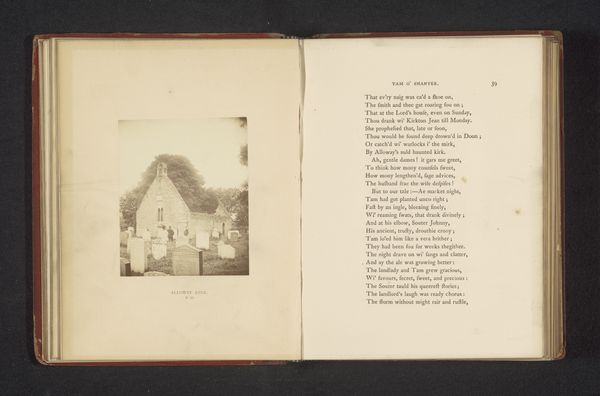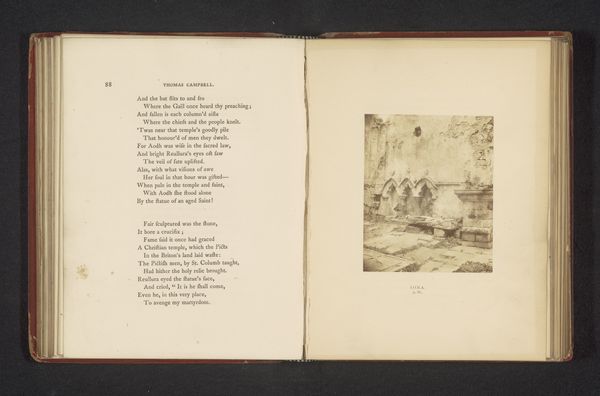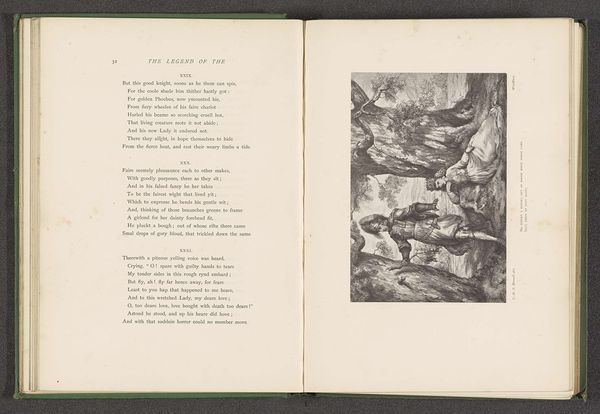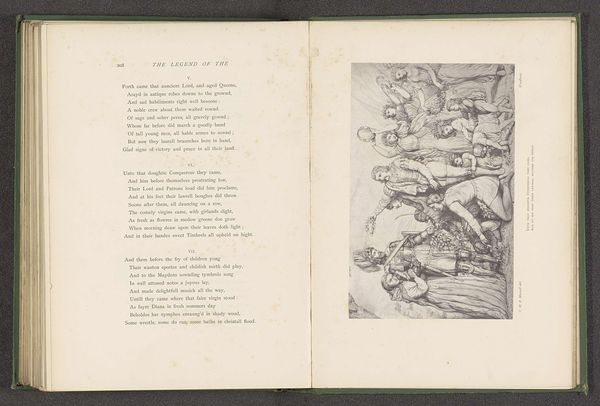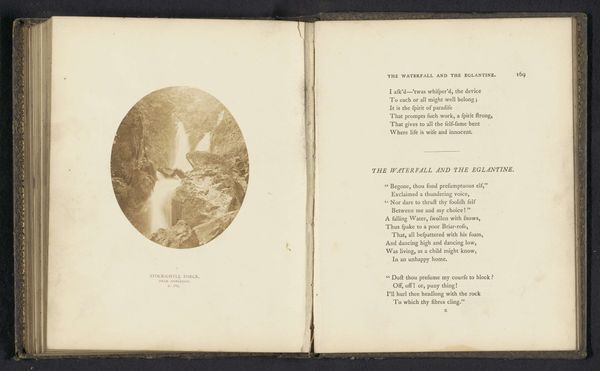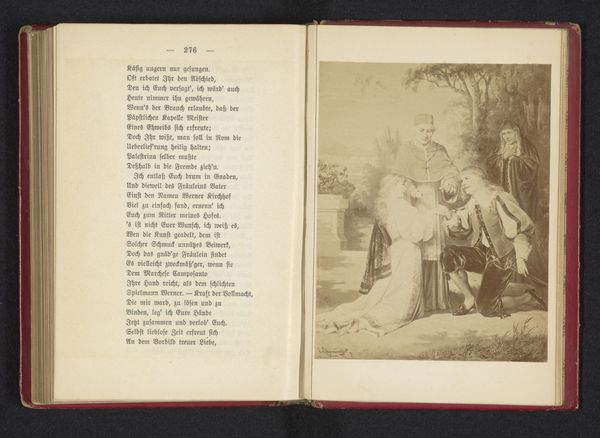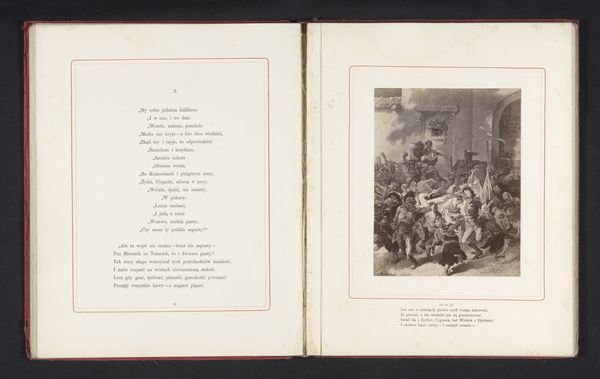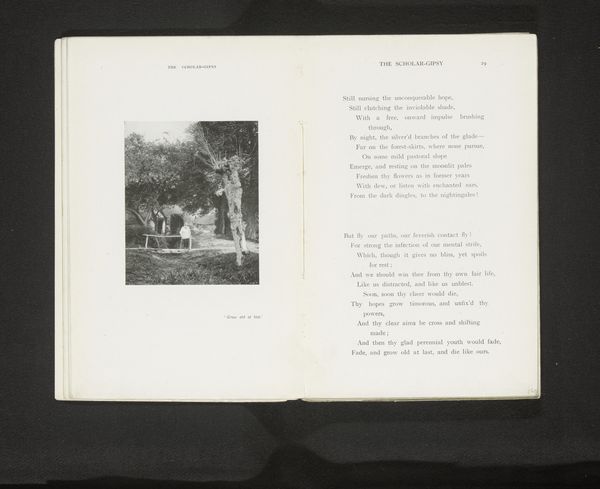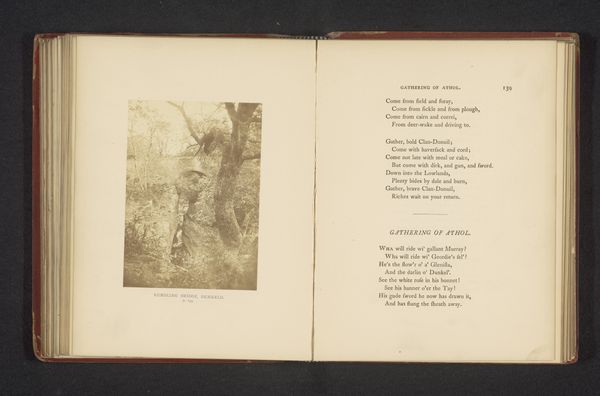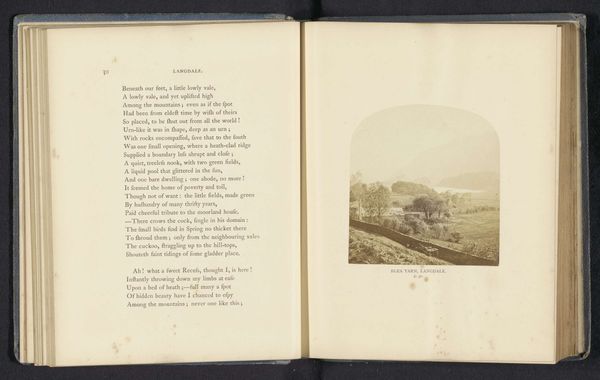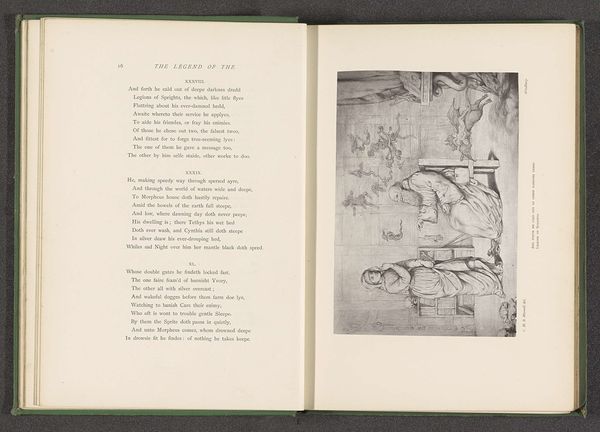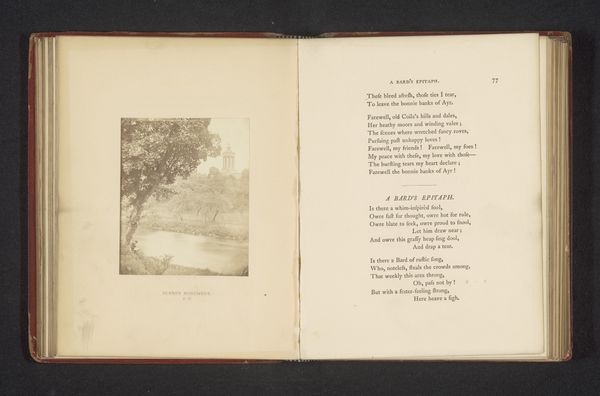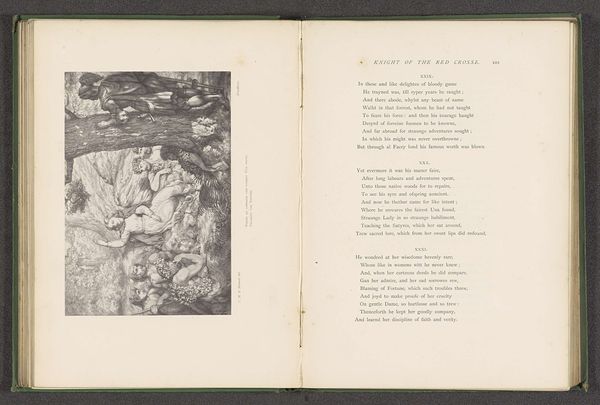
Fotoreproductie van een prent naar een fresco, voorstellende het Laatste Avondmaal c. 1870 - 1875
0:00
0:00
print, etching, paper, fresco, photography, engraving
#
still-life-photography
# print
#
etching
#
paper
#
fresco
#
photography
#
italian-renaissance
#
engraving
Dimensions: height 52 mm, width 106 mm
Copyright: Rijks Museum: Open Domain
Editor: So, here we have what’s described as a photographic reproduction of a print, itself based on a fresco of ‘The Last Supper,’ dating from around 1870-1875. It’s interesting seeing this iconic scene mediated through so many layers: fresco to print to photograph! I’m struck by the kind of…removed feeling it evokes. How do you interpret this layering of reproductions, and its impact on such a well-known image? Curator: Precisely! The act of reproducing a reproduction highlights how meaning shifts across time and media. We’re looking at an image laden with religious, social, and artistic history being filtered through 19th-century sensibilities, a period marked by industrialization and new technologies of dissemination. Consider the role of photography here. It democratizes access to art previously reserved for elites who could travel to see the original fresco. What are the implications of this accessibility? Who is now included and excluded, and what biases are embedded? Editor: That’s a good point; it definitely brings a new audience to it, but what is lost in the transition? Curator: Everything and nothing. The aura of the original is arguably lost, but new meanings emerge through the photographic lens. The black-and-white image, the texture of the paper, it all transforms the fresco into a portable, reproducible object. What is preserved are ideological notions about family, class and even race that continue into new environments through these artworks. Editor: It is fascinating to consider that a work depicting a sacred scene can become a vehicle of ideas and biases about gender or race, that perhaps were not visible when only the fresco was considered. Thanks! Curator: Exactly. Understanding art requires unpacking these layers to reveal the complex narratives they carry, the same way activists work. Thank you for prompting my reflection!
Comments
No comments
Be the first to comment and join the conversation on the ultimate creative platform.
